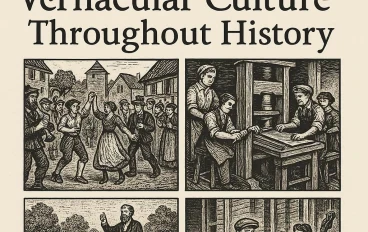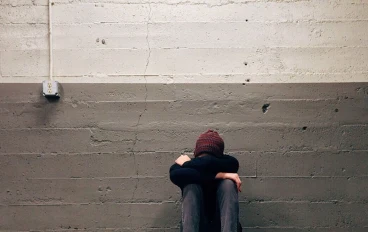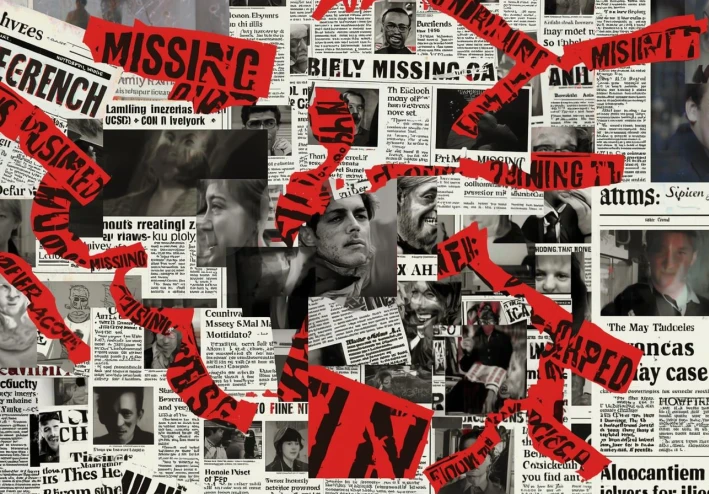
The Case of Celeste Rivas Hernandez: How Singer D4vd Was Linked to the Missing Teen
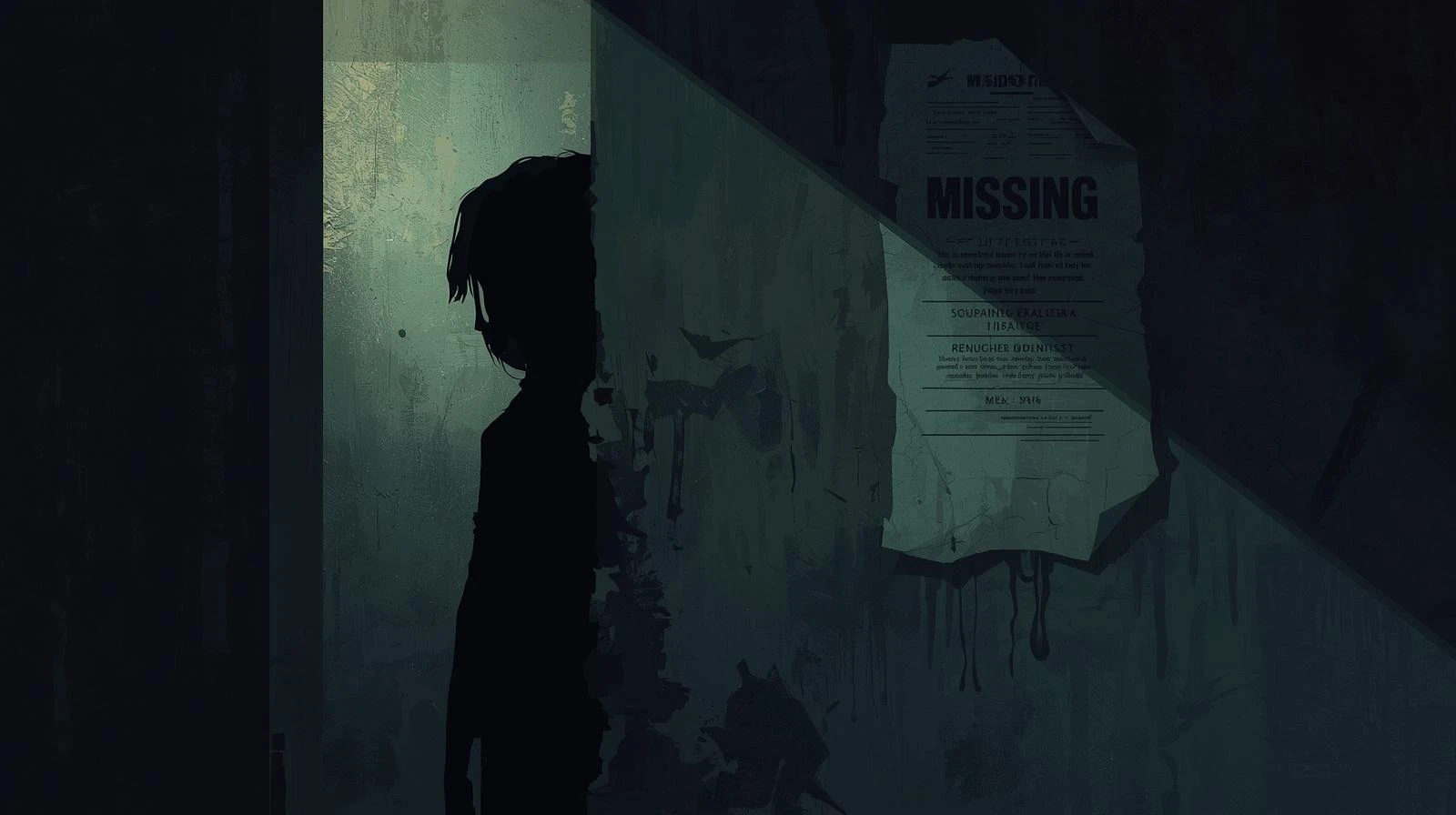
The Tragedy of Celeste Rivas: When a Teenager’s Disappearance Exposes Society’s Fragility
On September 9, 2025, California woke up to a shocking headline: the body of 15-year-old Celeste Rivas had been discovered inside a Tesla registered to the young singer D4vd. What began as a routine report about an abandoned car with a strange odor quickly escalated into a case of public concern—not only because of its criminal aspect, but also because of the deeper questions it raised about teenage safety, social responsibility, and the moral obligations of public figures.
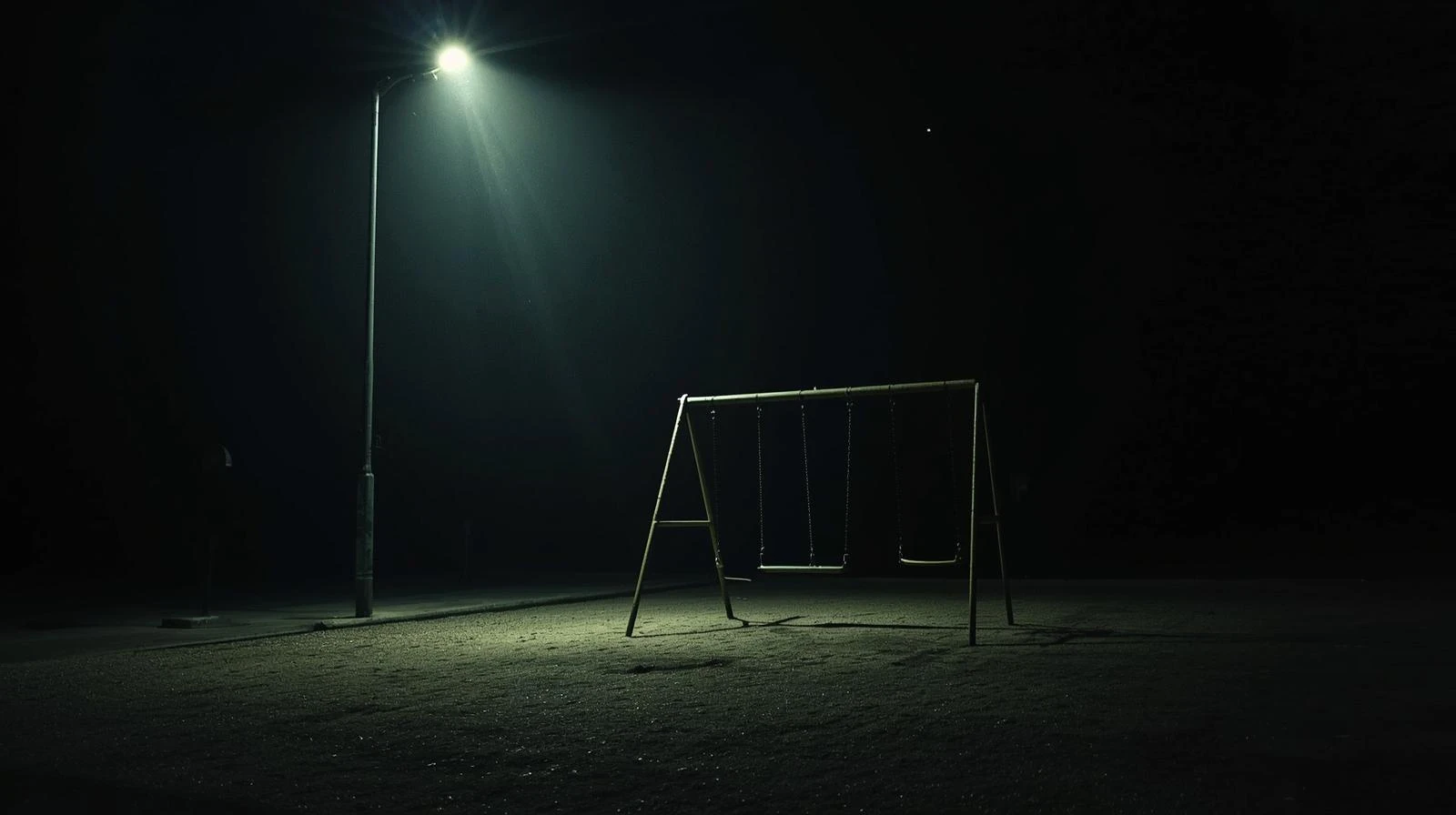
Background of the Incident
Celeste disappeared in April 2024 from Lake Elsinore, California. For months, her family searched tirelessly—filing police reports, organizing community efforts, and sharing pleas on social media—yet no substantial progress was made. Then, in September 2025, her remains were discovered inside a bag in the trunk of a car. The grim discovery drew massive media attention, particularly because of the connection to a well-known artist.

The Shock and the Debate Around D4vd
Finding her body inside a vehicle linked to a rising musician sparked a storm of controversy. While police have stated that D4vd is “cooperating with the investigation,” public opinion continues to swirl with questions: How did the body end up in his car? Was there any direct link between the teenager and the artist? Or was the car misused by another party without his knowledge? These uncertainties highlight the fragile balance between fame and accountability, and how one event can turn a celebrity’s life upside down long before guilt or innocence is determined.
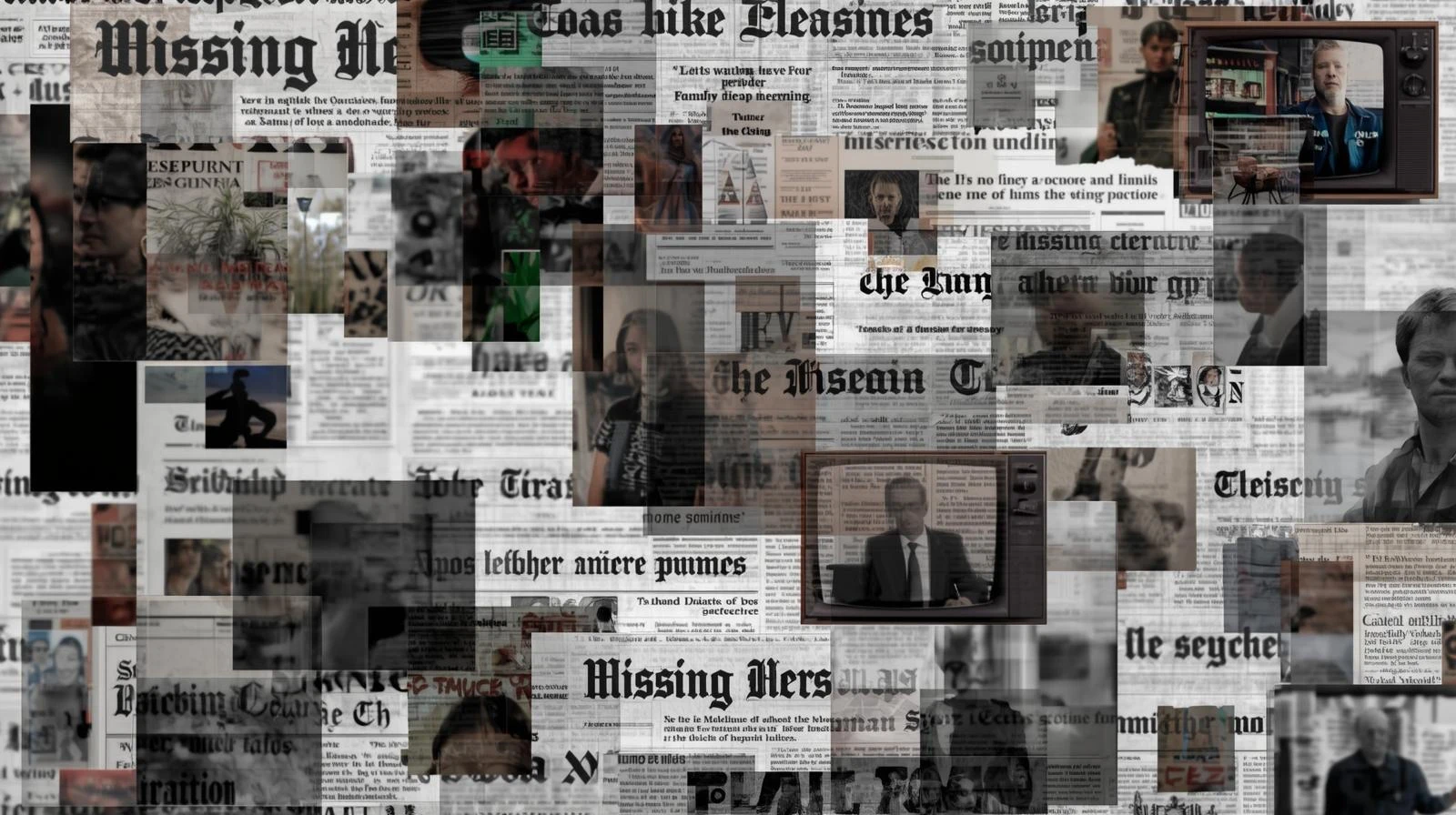
The Broader Tragedy of Missing Teens
Celeste’s case is far from unique. Thousands of teenagers vanish every year in the United States, often becoming victims of violence, exploitation, or the fallout of difficult social circumstances. What makes her story stand out is how it forced the public to re-examine this ongoing crisis. Most missing teenagers receive little to no media attention—unless their disappearance intersects with a high-profile figure or sensational event—leaving countless families in silence and despair.
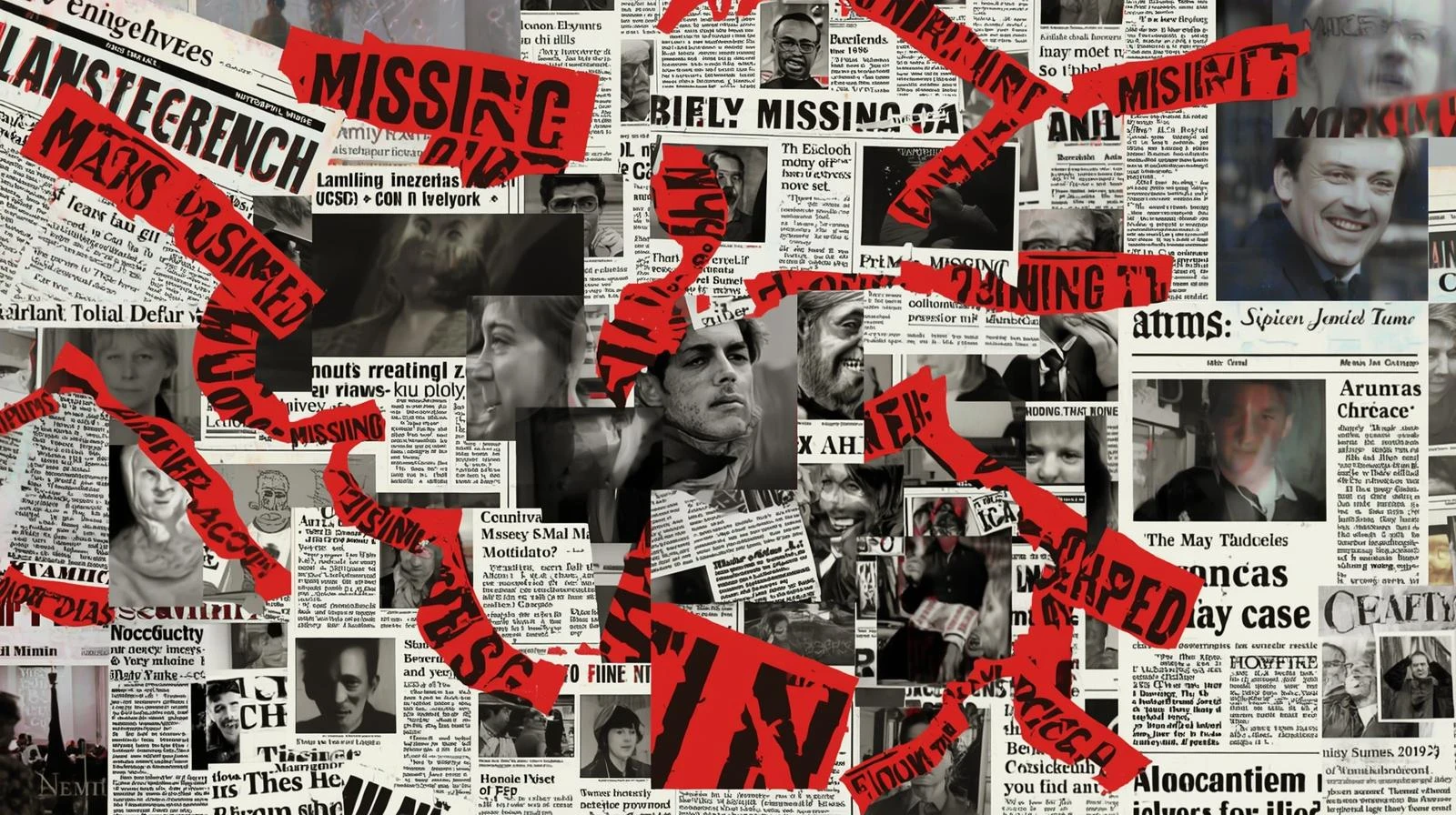
The Role of the Media
Media coverage played a double-edged role. On the one hand, it helped bring attention to Celeste’s case and ensured her story did not fade into obscurity. On the other hand, some outlets leaned heavily on the celebrity connection, overshadowing the tragedy itself and turning the family’s grief into a spectacle for public consumption. This dynamic raises a critical question: has the modern media shifted too far toward chasing “click-worthy headlines” at the expense of the human core of such stories?
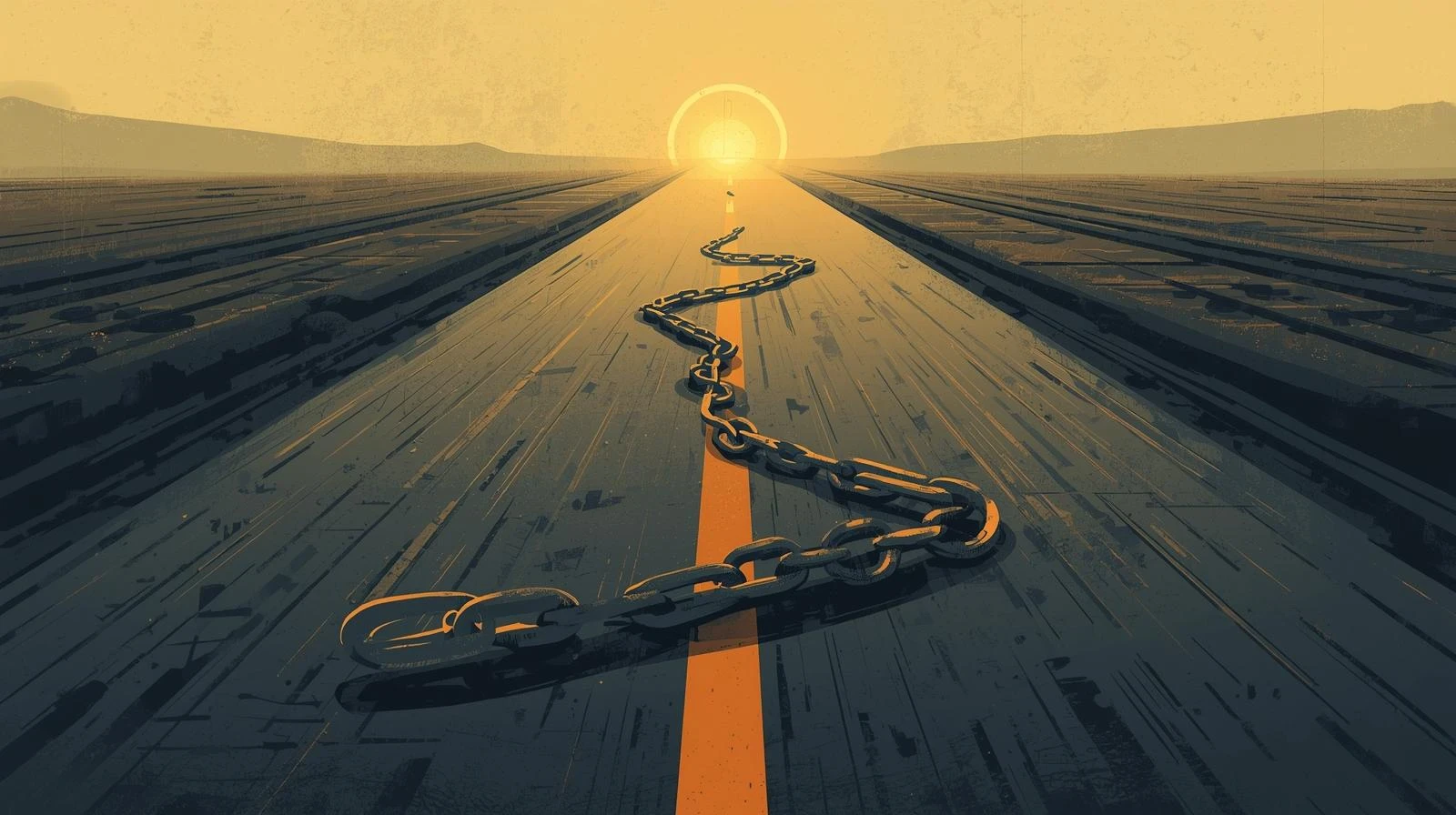
Society’s Responsibility
This incident forces society to confront its responsibilities. How could a young girl remain missing for over a year without decisive breakthroughs? Such delays expose weaknesses in institutional responses to missing persons cases, especially involving minors. Beyond law enforcement, the responsibility extends to families, schools, and local communities, who must work together to create safer environments where teenagers are less vulnerable to such tragedies.
The Psychological and Ethical Dimension
The story of Celeste Rivas leaves a heavy imprint on the collective conscience. It is not just a crime story—it is a reminder that behind every statistic lies a young life abruptly cut short. For society, this tragedy is a moral test: will we treat it as just another fleeting scandal, or will we seize it as a chance to repair the gaps in systems of protection and support?
Conclusion
The tragedy of Celeste Rivas extends far beyond the ongoing criminal investigation. It reveals the vulnerabilities of adolescents, highlights the shortcomings of society in safeguarding them, and exposes the precarious intersection of fame and accountability. While the world awaits answers from law enforcement, Celeste has already become a symbol of the countless missing voices of youth. Her story is not only a personal heartbreak but also a wake-up call urging us to rethink justice, protection, and responsibility in our communities.































